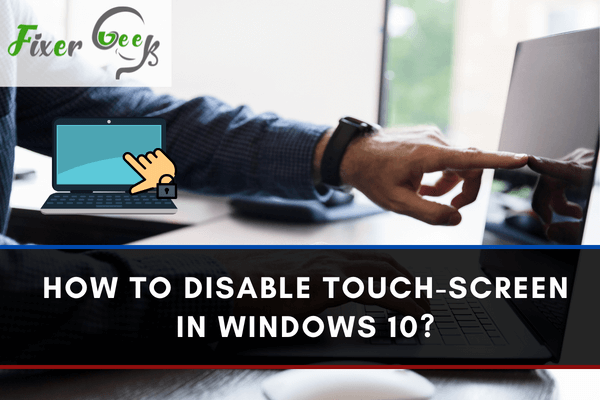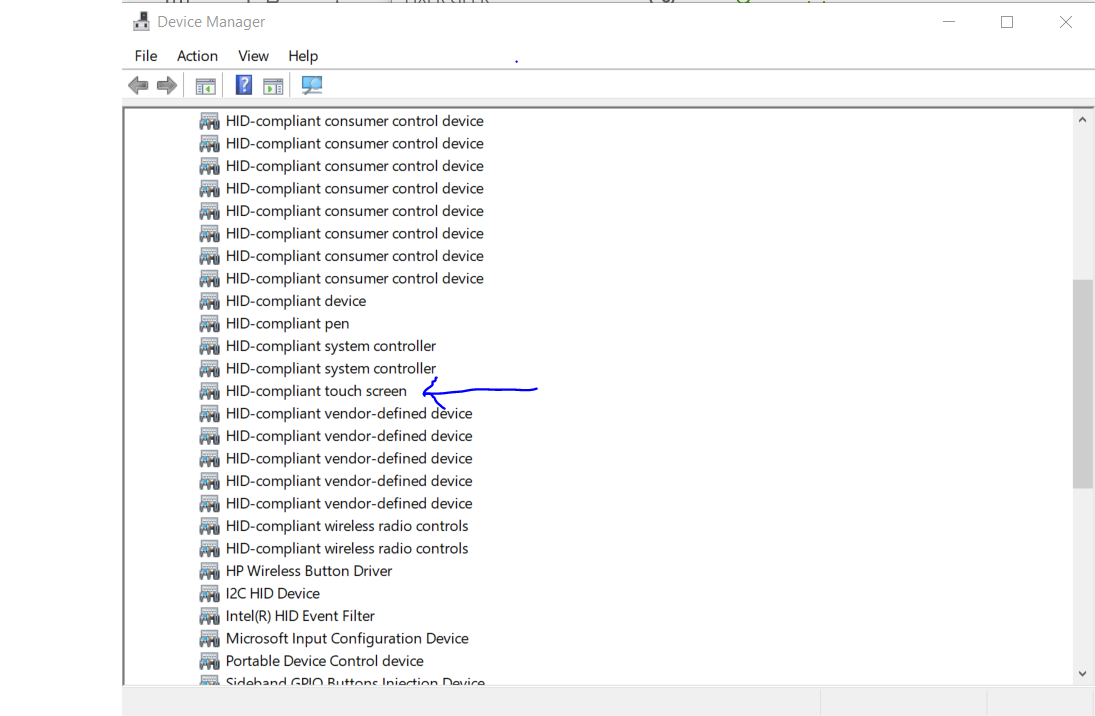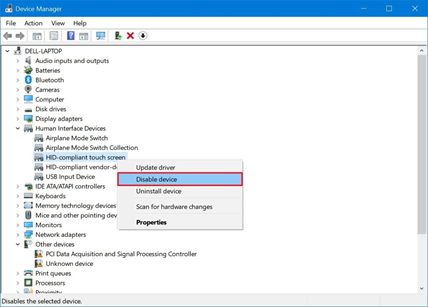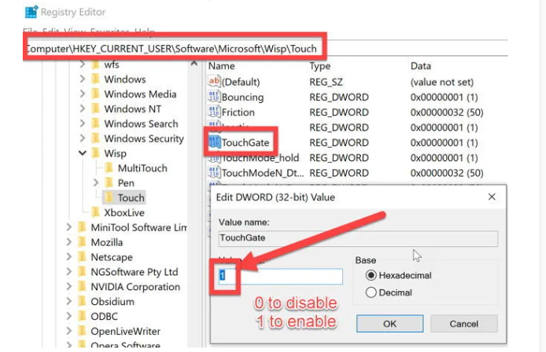Windows 10 has a touch screen interface that you can use, but not all Windows 10 devices come with a touchscreen. Sometimes, the touch screen features stop working on your Windows computer and it becomes unresponsive. If you are having issues with your touchscreen in Windows 10, here are some steps you may take to fix the problem.

Truth be told, touch screens offer more support and functionality compared to traditional computer displays? But what happens when the screen gets broken and becomes non-functional? Or you are probably worried about children reaching for the screen and damaging it in the process.
Well, these are just a few reasons why turning off touch screen on windows 10 may be a good idea. Contrary to popular belief, a disabling touch screen for Windows 10 is quite simple.
Here’s is how you can easily disable your touch screen in Windows 10
- Go to Device Manager. To do this, you simply select the Start Menu. You can also search for “Device Manager” in the search bar. On the other hand, you can press a combination of the Windows key and the X key on the keyboard. Then select “Device Manager.”
- When the Device Manager App opens, scroll through the list and locate the Human Interface Devices (HID) section. Click on the right arrow of the Human Interface Devices (HID) option in order to expand the list.
- Once the list opens, look for the “HID-Compliant touch screen” choice. When you locate it, right-click on it to open a list of options.

- From the list, click on “Disable device”, and the touch screen will be disabled from your windows 10https://fixergeek.com/fixes/how-to-install-windows-10-on-a-new-hard-drive.

- A warning dialogue box will then appear which will require you to confirm your choice. Click Yes to proceed.
If you want to enable the touch screen feature, later on, you simply need to follow the steps above: from step 1 to step 3. When you come to step 4, select “Enable device” instead of “Disable device.” This will enable the touch screen functionality for your device.
Permanently Disable Touch Screen for Windows 10 Using Windows Registry
Apart from Device Manager, the Windows Registry is another way to turn off the touch screen in Windows 10. You should, however, note that this method will permanently disable the touch screen, unlike the previous method. If this is what you want, follow the steps below:
- Open the Windows Registry Editor (Run -> regedit).
- When the Windows Registry Editor opens, go this registry key “ComputerHKEY_CURRENT_USERSoftwareMicrosoftWispTouch.”
- Then create a new DWORD 32-bit entry on the right panel. The value name should be TouchGate.

- As for the value, ensure that it is 0. Changing the value from 1 to 0 will disable the feature.
- Once you’re done, click OK and restart the system. This will prompt the touch screen for your windows 10 to stop working even after you restart the system.
Nonetheless, it is still possible to enable the touch screen if you find the feature useful. To do this, you can opt to delete the TouchGate entry or change its value from 0 to 1.
Summary: Disable touch-screen in Windows 10
- Open the Control Panel.
- Tap or click Hardware and Sound
- Under Pen and Touch, tap or click the Touch option.
- Disable touch-screen in Windows 10
Conclusion
Disabling touch screen on your Windows 10 couldn’t be easier than this. However, it is advisable not to disable your touch screen if your device doesn’t have other input methods like the use of a keyboard or a mouse. If the touch screen is the only input method, it will be difficult to enable it again without the help of other input devices.